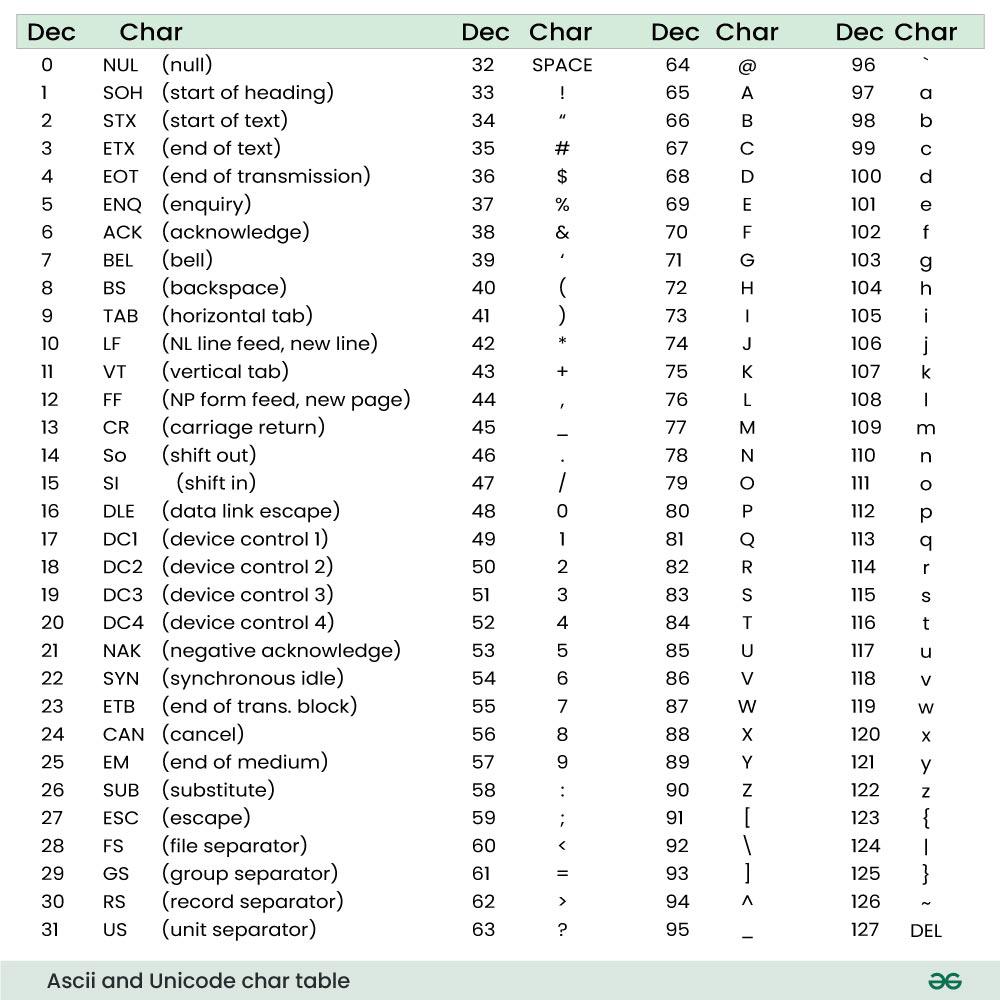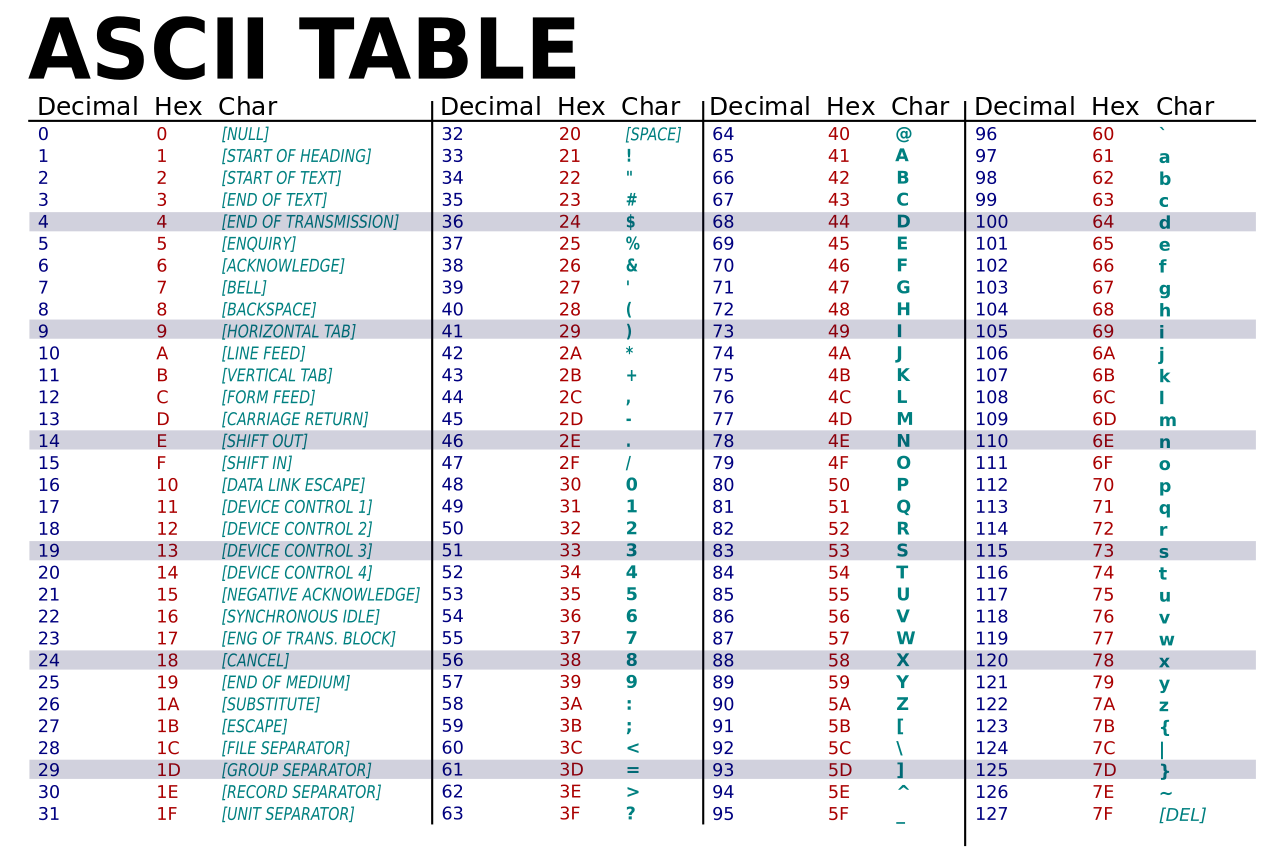
Geeksforgeeks
Use Java to Convert Unicode to ASCII
Introduction
Converting Unicode characters to ASCII can be a tricky task, but it's essential for ensuring that your data is compatible with a wide range of systems and applications. In this blog post, we'll discuss how to use the `javatextNormalizer` class to convert from Unicode to ASCII, and we'll provide some tips for ensuring that your data is converted correctly.
Converting Unicode to ASCII with `javatextNormalizer`
The `javatextNormalizer` class provides a number of methods for converting Unicode characters to ASCII. The most common method is the `normalize` method, which takes a Unicode string as input and returns an ASCII string. The `normalize` method can be used with a variety of normalization forms, but the most common form is `NormalizationForm.NFKD`, which decomposes all Unicode characters into their base characters and diacritics. For example, the following code converts the Unicode string "café" to the ASCII string "cafe": ```java String unicodeString = "café"; String asciiString = Normalizer.normalize(unicodeString, NormalizationForm.NFKD); ``` The `normalize` method can also be used to convert Unicode strings to other ASCII character sets, such as US-ASCII or ISO-8859-1. For example, the following code converts the Unicode string "café" to the US-ASCII string "cafe": ```java String unicodeString = "café"; String asciiString = Normalizer.normalize(unicodeString, NormalizationForm.NFKD).replaceAll("[^\\p{ASCII}]", ""); ```
Tips for Converting Unicode to ASCII Correctly
When converting Unicode to ASCII, it's important to keep the following tips in mind: * **Use the correct normalization form.** The normalization form that you use will determine how the Unicode characters are converted to ASCII. For most purposes, `NormalizationForm.NFKD` is the best choice. * **Be aware of character loss.** When converting Unicode to ASCII, some characters may be lost. For example, the Unicode character "é" will be converted to the ASCII character "e" when using `NormalizationForm.NFKD`. * **Test your results.** After converting Unicode to ASCII, it's important to test your results to make sure that the data is correct. You can do this by comparing the ASCII string to the original Unicode string.
Conclusion
Converting Unicode to ASCII can be a tricky task, but it's essential for ensuring that your data is compatible with a wide range of systems and applications. By using the `javatextNormalizer` class and following the tips in this blog post, you can convert Unicode to ASCII correctly and efficiently.

Learnlearn
Comments